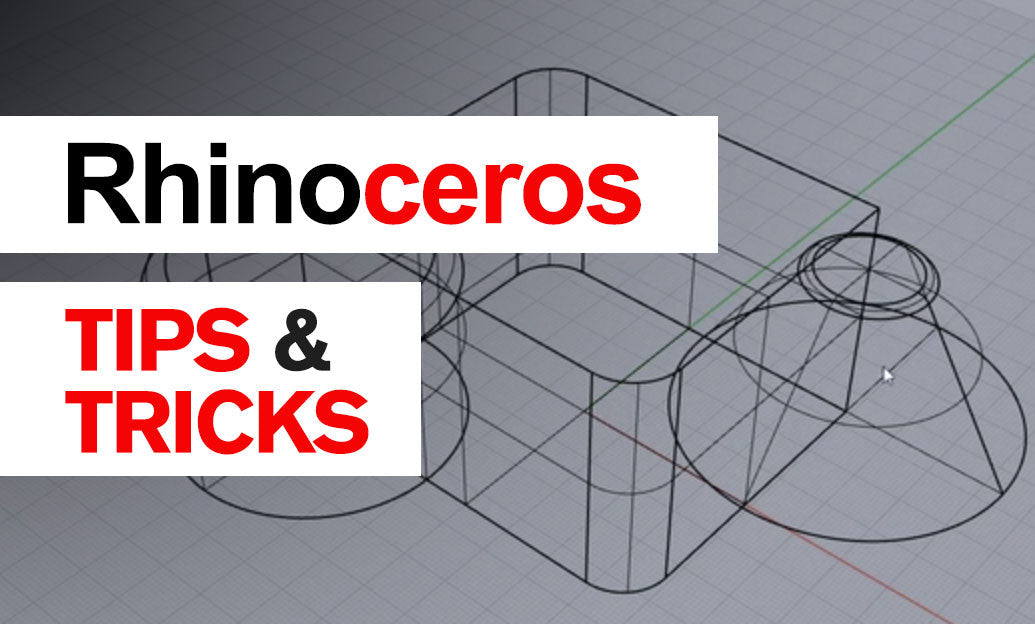Your Cart is Empty
Customer Testimonials
-
"Great customer service. The folks at Novedge were super helpful in navigating a somewhat complicated order including software upgrades and serial numbers in various stages of inactivity. They were friendly and helpful throughout the process.."
Ruben Ruckmark
"Quick & very helpful. We have been using Novedge for years and are very happy with their quick service when we need to make a purchase and excellent support resolving any issues."
Will Woodson
"Scott is the best. He reminds me about subscriptions dates, guides me in the correct direction for updates. He always responds promptly to me. He is literally the reason I continue to work with Novedge and will do so in the future."
Edward Mchugh
"Calvin Lok is “the man”. After my purchase of Sketchup 2021, he called me and provided step-by-step instructions to ease me through difficulties I was having with the setup of my new software."
Mike Borzage
Revit Tip: Enhance Revit Workflow with Expert Dimension Tool Practices
October 10, 2024 2 min read

In the realm of BIM and architectural design, precision is key. One of the fundamental tools in Revit that ensures accuracy and clarity in your designs is the dimension tool. Mastering the use of dimensions can significantly enhance the quality and efficiency of your workflow. Here are some best practices to make the most of Revit's dimension tools:
- Understand Your Dimension Types: Revit offers various dimension types including linear, aligned, angular, radial, and arc length dimensions. Choose the appropriate type for your specific need to ensure clarity and accuracy in representation.
- Use Temporary Dimensions: As you create elements, Revit automatically provides temporary dimensions that help in positioning objects accurately. These can be made permanent by clicking the control icon, aiding in maintaining consistent alignment.
- Leverage the EQ Constraint: For maintaining equal spacing between elements, use the EQ constraint in dimension strings. This ensures uniformity and can adjust automatically when changes are made to the model.
- Customize Dimension Styles: Tailor dimension styles to meet project standards. You can control the appearance, text size, and units to match organizational requirements, ensuring consistency across all views.
- Apply Dimension Overrides Judiciously: While dimension overrides can be useful for clarification, avoid excessive use as it might lead to misinterpretation. Always ensure that any override serves a clear purpose.
- Utilize Snaps for Precision: Enable object snaps to improve the accuracy of your dimensions. Snaps help you to select exact points on elements, ensuring that dimensions reflect true distances.
- Organize with Dimension Chains: Group related dimensions into chains for better organization and readability. This approach helps in maintaining a clean drawing even when multiple dimensions are necessary.
- Keep Annotations in Sync: Revit allows dimensions to automatically update as the model changes. Ensure that your dimensions are linked properly so that any modification in the model does not result in inaccuracies.
- Use Scope Boxes for Consistency: When working on large projects, use scope boxes to control the extents of your dimensions. Scope boxes help maintain consistency across different views and documentation.
- Regularly Review and Audit: Conduct regular audits of your dimensions to ensure they are accurate and relevant. This practice helps in maintaining the integrity of your documentation throughout project development.
For more insights into optimizing your use of Revit, visit NOVEDGE. Their resources and community discussions can provide additional support and updates on the latest Revit features.
By implementing these best practices, you not only enhance the precision and professionalism of your designs but also streamline your workflow, making your Revit projects more efficient and effective.
You can find all the Revit products on the NOVEDGE web site at this page.
Also in Design News

Rhino 3D Tip: Understanding Surface and Solid Modeling in Rhino for Enhanced Workflow Efficiency
August 30, 2025 3 min read
Read More
Unlocking Advanced Animation Techniques: Five Studio-Proven Tricks to Elevate Your 3ds Max Workflow
August 30, 2025 6 min read
Read MoreSubscribe
Sign up to get the latest on sales, new releases and more …



